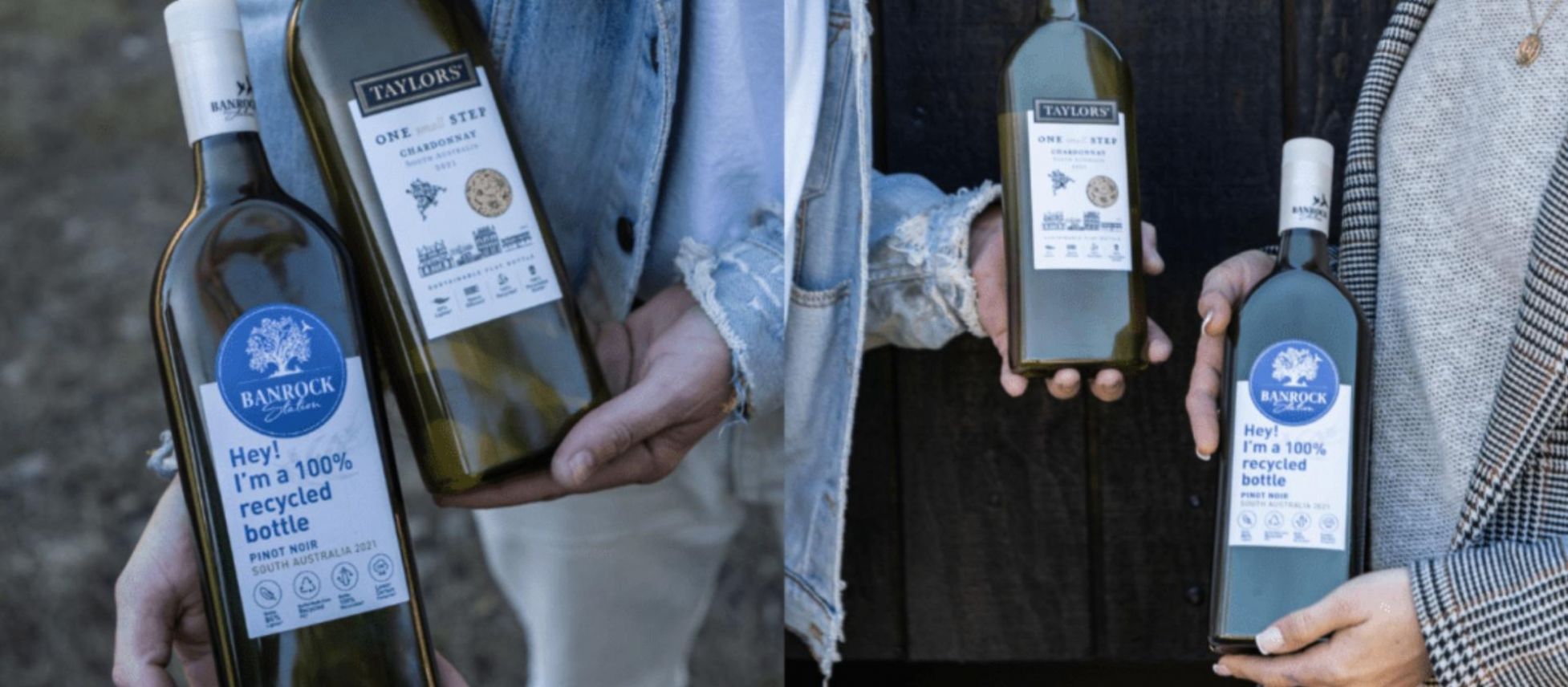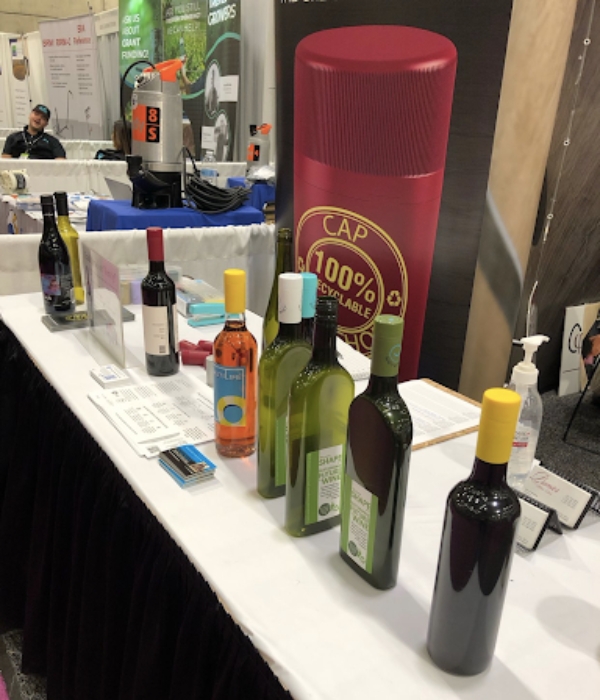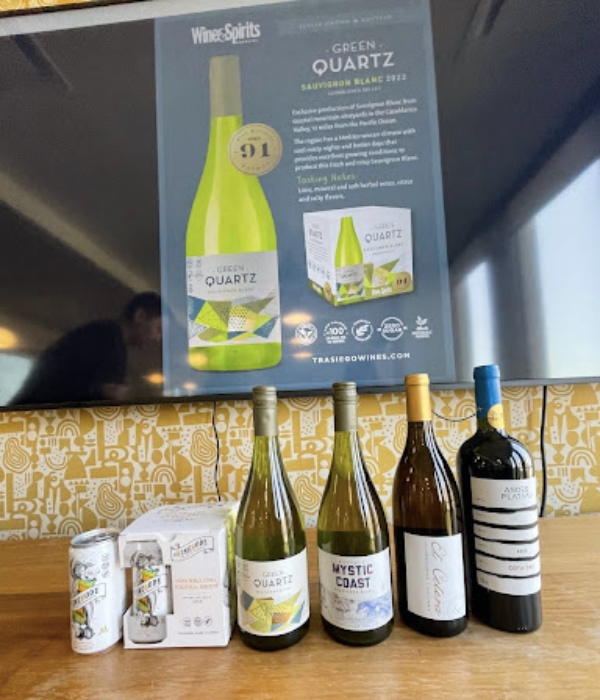Blog
Insights
Exploring the Technical Implications of Non-Glass Packaging Options for Wine Producers

Non-glass wine packaging offers advantages like portability and sustainability but faces challenges of consumer perception and technical adaptations
Traditionally, glass bottles have been the go-to choice for packaging wine due to their durability, aesthetics, and ability to preserve the product's integrity. However, with the growing emphasis on sustainability and changing consumer preferences, wine producers are exploring alternative packaging options. Including the upsides and the downsides, winemakers large and small must investigate the technical implications of non-glass packaging alternatives, considering their benefits, challenges, and potential impact on the industry.
Lightweight and Portable
One of the primary advantages of non-glass packaging options, such as cans, pouches, and bag-in-box, is their lightweight nature. These alternatives offer enhanced portability, making them ideal for outdoor events, picnics, and other occasions where glass bottles may not be convenient. Their reduced weight also translates into lower transportation costs, reduced carbon emissions, and increased logistical efficiency.
Improved Shelf Life and Preservation
Wine producers face the challenge of maintaining product quality and freshness throughout the supply chain. Non-glass packaging options can offer unique advantages in terms of preserving wine. Aluminum cans, for instance, provide airtight and light-resistant packaging, shielding the wine from harmful UV rays and preventing oxidation. Similarly, bag-in-box packaging allows the wine to be dispensed without introducing oxygen into the container, prolonging the shelf life after opening.
Environmental Sustainability
As sustainability becomes a paramount concern, non-glass packaging options present an opportunity for wine producers to reduce their carbon footprint. Compared to glass bottles, alternative packaging materials like aluminum and flexible plastics require less energy and produce fewer greenhouse gas emissions during manufacturing and transportation. Furthermore, these materials are recyclable, contributing to a circular economy and reducing waste.

Packamama’s flat 750ml recycled PET wine bottles with Novatwist closures. Meet Marc R. Kauffman representing the products at 2023 International Bulk Wine and Spirits Show.
Consumer Perception and Acceptance
Although non-glass packaging options offer various benefits, consumer perception and acceptance remain important considerations for wine producers. The association of glass bottles with quality and tradition can make it challenging for alternative packaging to gain widespread acceptance. However, as sustainability becomes increasingly important to consumers, education and marketing efforts can help shift perceptions and promote the advantages of non-glass options.
Technical Challenges
While non-glass packaging alternatives hold promise, they also come with unique technical challenges. For example, can require specialized linings to prevent the wine from interacting with the aluminum, affecting taste and quality. Additionally, alternative packaging may require modifications to traditional bottling lines and packaging machinery, leading to initial investments and production adjustments. Overcoming these challenges necessitates collaboration between wine producers, packaging suppliers, and equipment manufacturers.
[[relatedPurchasesItems-62]]
Regulatory Considerations
Wine packaging is subject to stringent regulations regarding labelling, volume measurement, and health and safety requirements. Wine producers must ensure that non-glass packaging options comply with these regulations to maintain transparency and consumer trust. Packaging materials, closures, and production processes must meet industry standards while adhering to regional and international guidelines.

Cristobal Fernandez from VIA PACIFICA SELECTIONS shared his insights on how they are introducing wine in cans and more alternative packaging that are more sustainable offerings for national chains. Meet them at the International Bulk Wine and Spirits Show on July 25-26 in San Francisco.
In all, as the wine industry evolves, non-glass packaging options offer a range of technical implications for producers. From enhanced portability and shelf life to reduced environmental impact, these alternatives provide compelling advantages. However, wine producers must navigate challenges related to consumer perception, technical adaptations, and regulatory compliance. With careful consideration and collaboration, non-glass packaging options can shape a more sustainable and innovative future for the wine industry while meeting evolving consumer demands.
Header Image Source: Packamama
If you're a bulk wine or bulk spirits supplier, contract bottler, or private label producer aiming to connect with serious trade buyers, IBWSS San Francisco is the event you can't afford to miss. Get a quotation or Book a exhibitor table.

